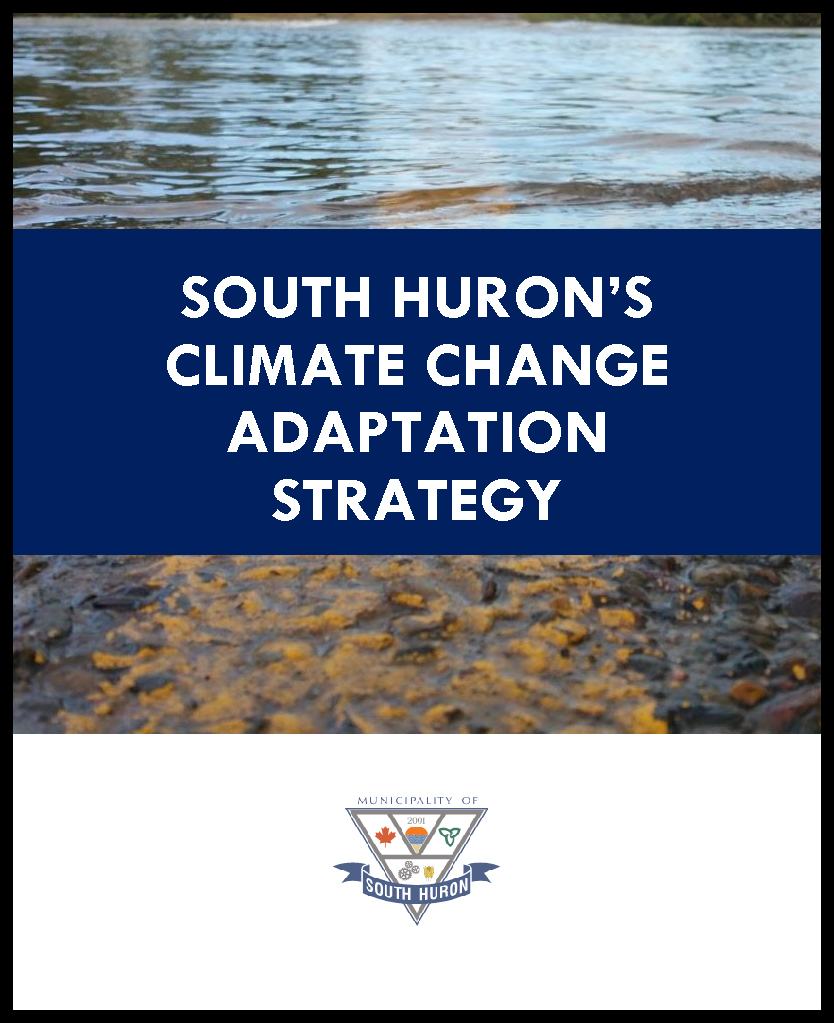Impact statements represent a climate variable (anticipated change), what happens (outcome) and what the impact to the municipality is (consequence).
Through municipal staff workshops, public survey responses and input from the Climate Change Adaptation Advisory Committee, a total of 75 impacts from climate change were identified for the Municipality to consider related to the following themes:
- Administration (municipal)
- Built Infrastructure (roads, sidewalks, buildings)
- Community Well-being
- Community Facilities
- Emergency Services
- Energy
- Fire Services
- Insects, Pests and Invasive Species
- Natural Environment
- Outdoor Maintenance and Construction
- Private Property
- Sewage Services
- Stormwater and Flooding
- Water Services
- Winter Maintenance

